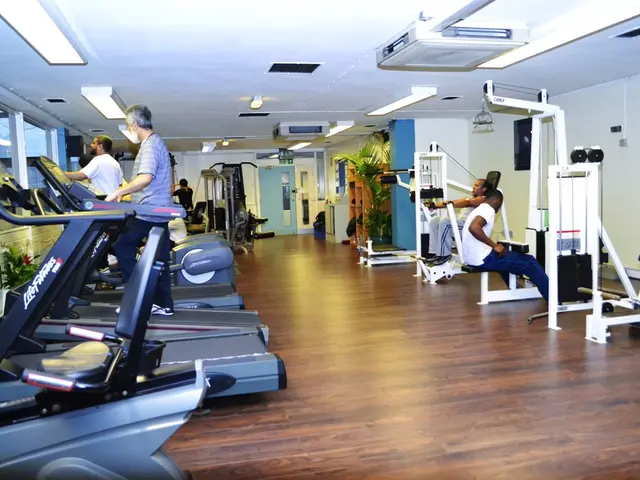Struggling with Nervousness? Guess What? I'm in the Same Boat.
In the heart of New York City, anxiety disorders have been a prevalent issue among the general population, with rates ranging from about 2.6% to nearly 8% before the COVID-19 pandemic. However, specific data on the rate among adolescents in the city before the pandemic is not explicitly detailed.
According to Dr. Blair Guidera M.D., before the pandemic, less than 1% of adolescents had symptoms of anxiety. But since the onset of the pandemic, there has been at least a five-fold increase in adolescent anxiety, a trend that is echoed globally. Despite a lack of direct data on NYC youth, global trends suggest an increase in mental health issues, including anxiety, during the COVID-19 pandemic.
Anxiety, as defined by the American Psychological Association, is characterized by worry and tension that can have a physical effect on the body. It can manifest in various forms, such as generalized anxiety disorder, panic disorder, separation anxiety, and social anxiety.
Generalized anxiety disorder is characterized by six months or more of excessive and persistent worry, accompanied by symptoms like difficulty concentrating, restlessness, or problems sleeping. Panic disorder, on the other hand, is characterized by a persistent fear of having panic attacks in the future. Separation anxiety is a greater than developmentally appropriate amount of distress at the notion of being separated from specific people or their home. Social anxiety, which has spiked since the Coronavirus pandemic, is characterized by intense fear of social or performance situations.
Agoraphobia, a disorder where a person may be afraid of situations that they consider embarrassing or difficult to escape, is also a type of anxiety disorder.
If you think you may have an anxiety disorder, Dr. Guidera suggests the best first step is to tell a trusted friend or family member and then seek a licensed professional to discuss treatment options. Dr. Zendegui adds that a person should seek professional help for their anxiety when their symptoms are getting in the way of their functioning at school, at home, or with friends, or with their happiness.
Professional help can come in various forms, including cognitive behavioral therapy (or C.B.T.), which is the best type of therapy for people who have anxiety disorders. C.B.T. uses a process called exposure to help people become more used to their fears.
During the COVID-19 pandemic, there was a large increase in the number of adults who booked doctors' visits for mental health, with 45% of these visits being for anxiety. The number of visits during the pandemic for adults with anxiety disorders increased by 73.7%.
Anxiety disorders affect 1 out of every 5 adults in the U.S., a statistic that underscores the need for increased awareness and support. At Bronx Science, for instance, there is a club unofficially known as the Social Anxiety Group, where students can come and feel validated, while also dealing with school-related issues like pressure and tests.
It's important to remember that if you know someone with an Anxiety Disorder, try to be as understanding as possible. COVID-19 had an impact on all of us, and while the pandemic may be considered "over," it doesn't mean it won't continue to have long-standing impacts on us.
Dr. Zendegui also mentioned that a person should seek professional help even if they don't need it, as they may feel like a professional could help them feel better and be more successful in their life. Symptoms of anxiety disorders typically improve within four to six months of treatment.
In conclusion, anxiety disorders are a significant issue, especially among adolescents, in New York City and beyond. With the right support and treatment, those affected can manage and overcome their anxiety, leading to improved mental health and well-being.








